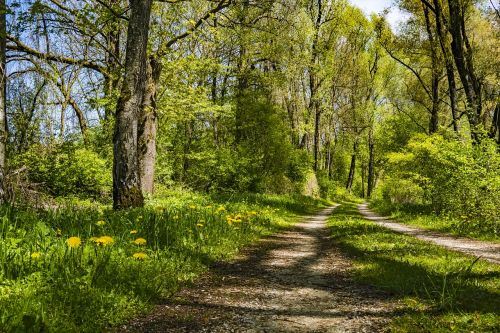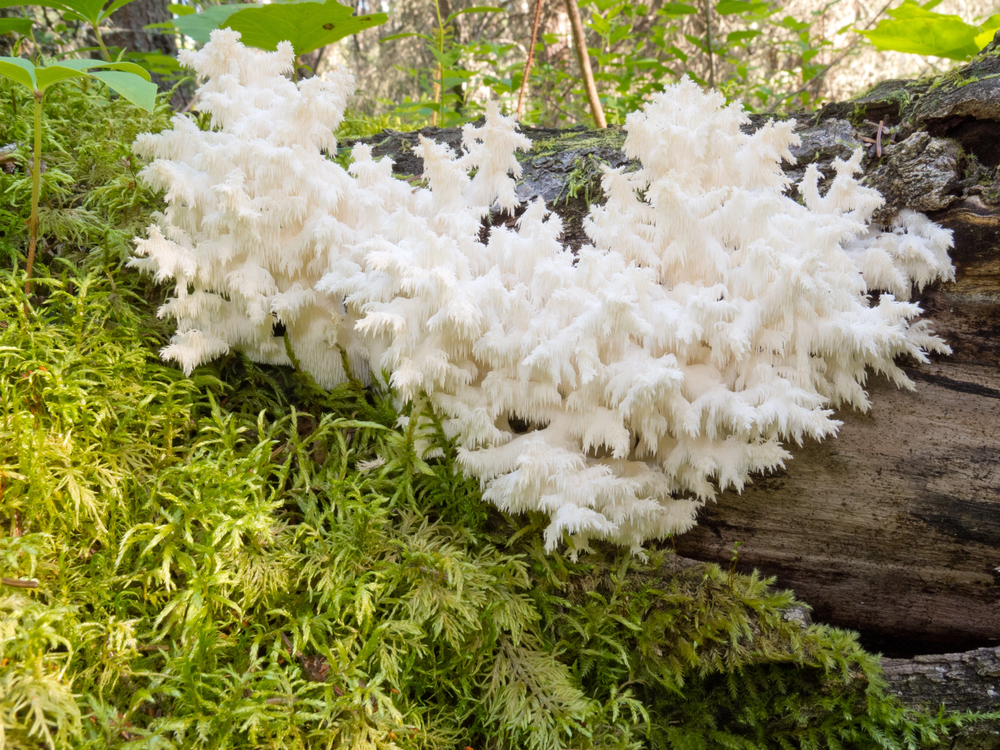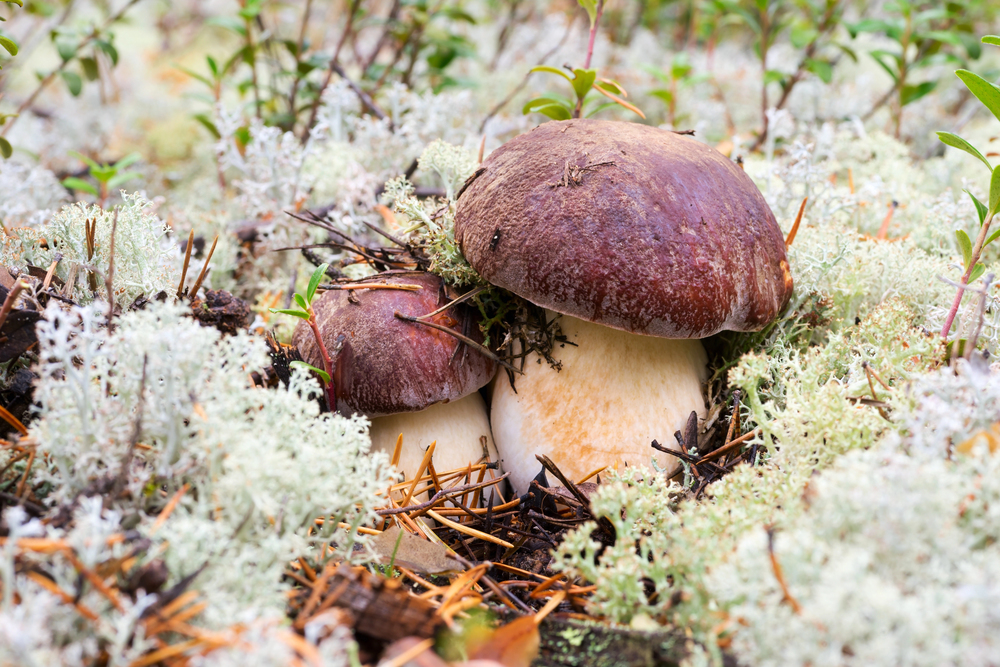To identify a Parasol Mushroom (Macrolepiota procera), examine the cap with concentric brown scales, loose white to pale cream gills, a tall stem with a moveable ring, and a bulbous base. Additionally, confirm with a white to creamy spore print. Are these features adequate for accurate identification, or are there other factors to consider?
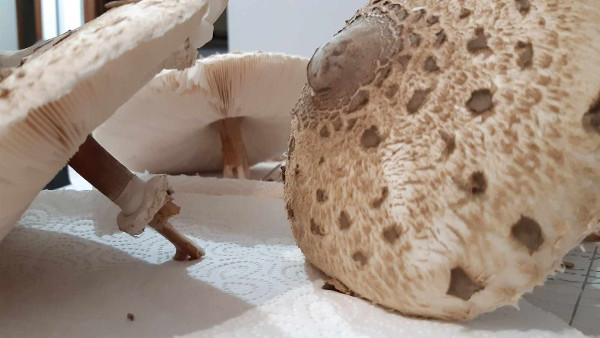
Cap Shape and Size
The cap of a parasol mushroom is large, measuring between 10 to 25 centimeters in diameter. It starts as a small button and expands into a dome shape, flattening with maturity and often developing a central bump. The surface is covered with concentric brown scales on a lighter background, giving it a shaggy appearance. The edges may be fringed or slightly upturned, sometimes splitting. Cap colors range from creamy white to light brown, varying with maturity and environment.
Gills Characteristics
When examining the gills of parasol mushrooms, their loose attachment to the stem distinguishes them from other species. The gills are densely packed, delicate, and white to pale cream in color, darkening slightly with age. Their spacing and alignment contribute to the mushroom’s aesthetic appeal.
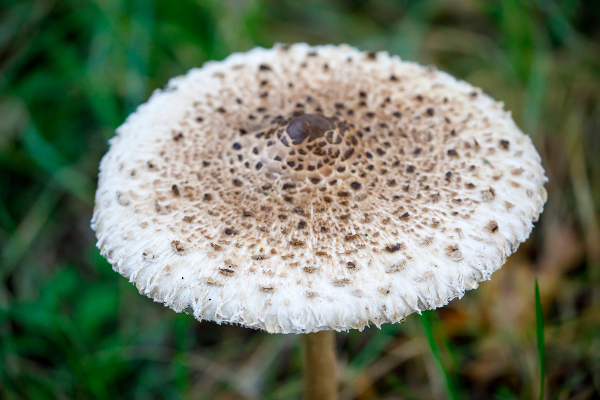
The contrast between the gills and the cap’s scaly surface aids in visual identification. The gills’ edges may fray as the mushroom matures, but their loose attachment remains distinctive. These characteristics help in confidently identifying parasol mushrooms during foraging expeditions.
Stem Features
When identifying a parasol mushroom, it is important to closely observe the stem features, such as color variations, texture, and ring details. These characteristics play a key role in distinguishing parasol mushrooms from other similar species.
Stem Color Variations
Variations in stem color among parasol mushrooms help differentiate species and aid in accurate identification for enthusiasts. Stem colors range from white to brown, influenced by age, environment, and species traits. For instance, Macrolepiota procera has a stem with a snake-like pattern in white to pale brown, while Chlorophyllum molybdites features a uniformly white or light tan stem. Lepiota brunneoincarnata’s stem shifts from pale white to reddish-brown as it grows. Recognizing these colors is important for safe foraging and species identification by mycologists and mushroom enthusiasts.
Stem Texture Examination
In addition to color differences, the texture and appearance of the stem are essential for identifying the parasol mushroom (Macrolepiota procera). The stem is noticeably fibrous, with a stringy feel when touched, distinguishing it from mushrooms with smoother stems. It also features scales, more concentrated at the base, varying in size and prominence, adding to its rugged look. Additionally, the hollow nature of the stem, visible when sliced, sets it apart from solid-stemmed mushrooms, making it easier to differentiate.
Stem Ring Details
An identifying feature of the parasol mushroom is its distinct, movable band encircling the stem, known as the annulus. This white, double-edged band can be easily moved along the stem, has a fibrous texture, and is typically positioned near the top or midway, changing color with age. Its layered appearance adds to the mushroom’s unique characteristics, aiding in accurate identification.
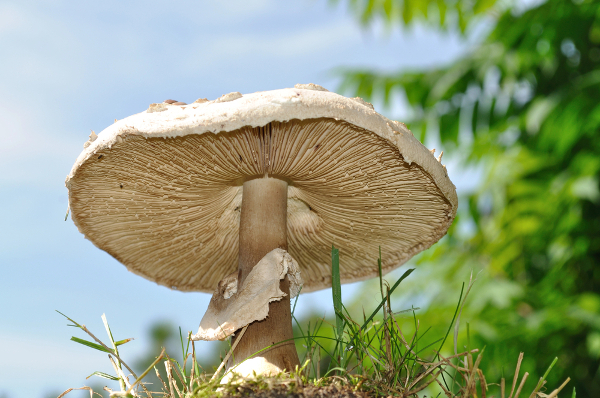
Spore Print Color
Identifying a parasol mushroom involves examining its spore print color. Place the mushroom cap, gill-side down, on white paper overnight to reveal the spore color. For Macrolepiota species, the spore print should be white to creamy. This helps differentiate them from toxic look-alikes like Chlorophyllum molybdites, which have a greenish spore print. Obtaining a spore print aids in accurate identification, ensuring safe foraging and enhancing the mushroom hunting experience.
Habitat and Location
Knowing the habitat and location of parasol mushrooms is important for proper identification. These fungi are commonly found in temperate regions, thriving in rich, well-drained soil. They typically appear seasonally, most often in late summer to early fall.
Common Growing Regions
The parasol mushroom thrives in grassy areas, forests, and woodland clearings in temperate regions worldwide. From Europe, North America, Asia, Australia, New Zealand to Northern Africa, this fungus can be found in diverse habitats like mixed woodlands, deciduous forests, and Mediterranean woodlands. Whether in open meadows or dense forests, the parasol mushroom’s adaptability makes it a common sight for foragers and nature enthusiasts.
Preferred Soil Types
The parasol mushroom thrives in well-drained, nutrient-rich soils commonly found in its diverse habitats like grassy fields, wooded areas, and roadside verges. It prefers soils with high organic content and good aeration, such as well-drained loam in deciduous forests, sandy soil in grasslands, clay loam in woodland areas, and humus-rich soil in roadside verges. Understanding these soil preferences can aid in successful identification and harvesting of this adaptable species.
Seasonal Availability
The parasol mushroom usually appears in late summer and autumn in temperate regions, thriving in moderate temperatures and moist conditions after rainfall. Common habitats include woodlands, grasslands, parks, paths, and heathlands. Understanding its seasonal availability and preferred habitats is essential for successful foraging.
Season and Timing
Parasol mushrooms typically emerge in late summer to early autumn, thriving in moderate temperatures and consistent moisture levels. The prime foraging season runs from August to October, varying slightly by region. Warm days and cool nights, along with recent rainfall, create ideal conditions for these fungi to flourish in forest floors, grassy areas, and woodland clearings with well-drained soils. Understanding this seasonal timing enhances foragers’ chances of successfully spotting and harvesting parasol mushrooms at their peak.
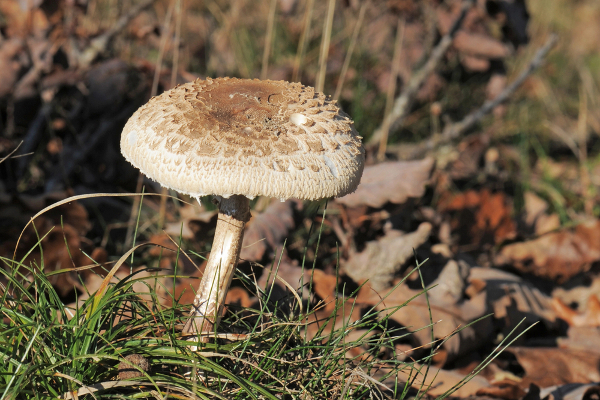
Smell and Taste
The scent of a parasol mushroom is often faintly nutty or slightly sweet, aiding in its recognition. This subtle fragrance helps differentiate it from other mushrooms and prompts further examination. When tasting, caution is vital – sample a small piece, spit it out, and note the mild, enjoyable flavor without bitterness or sharpness. Key sensory aspects include the nutty or sweet scent, gentle taste, lack of bitterness, and firm yet tender texture. Always spit out the sample to avoid any risks when foraging.
Common Look-Alikes
In the wild, accurate identification of the parasol mushroom is essential for foragers due to similar-looking species. Look-alikes such as the Shaggy parasol, False or Green-spored parasol can be mistaken for the parasol mushroom.
The shaggy parasol is smaller with a sleeker cap surface, while the false parasol produces a greenish spore print and can cause gastrointestinal distress. Also the green-spored parasol has a rounded base and yields a green spore print.
It is important to carefully observe these key characteristics to safely distinguish the parasol mushroom from its look-alikes while foraging in the wild.
Foraging Tips and Safety
Proper identification is essential when foraging for parasol mushrooms to avoid mistaking them for toxic lookalikes. Learning the distinguishing features of parasol mushrooms and safe harvesting practices is vital for personal safety and ecosystem sustainability.
Proper Identification Techniques
Accurate identification of parasol mushrooms is essential for safe foraging. Key features to look for include a large, smooth, scaly cap with a darker center, free white to cream-colored gills, a tall slender stem with a movable ring and a snakeskin-like pattern, and a white spore print. Parasol mushrooms are typically found in grassy areas, woods, and forest clearings, growing solitary or in small groups.
Safe Harvesting Practices
Safe harvesting practices are essential to avoid mistaking toxic lookalikes for parasol mushrooms. For a successful foraging experience, enthusiasts should:
- Verify the mushroom’s identity through key features like the cap shape and color.
- Seek guidance from reliable sources like field guides or experienced mycologists.
- Select harvesting locations away from polluted areas to prevent contamination.
- Gather a reasonable amount of mushrooms to preserve the ecosystem.
- Clean and cook mushrooms thoroughly before consumption to remove any potential toxins.
Following these practices promotes a safe and enjoyable foraging experience while safeguarding against harmful misidentifications.

